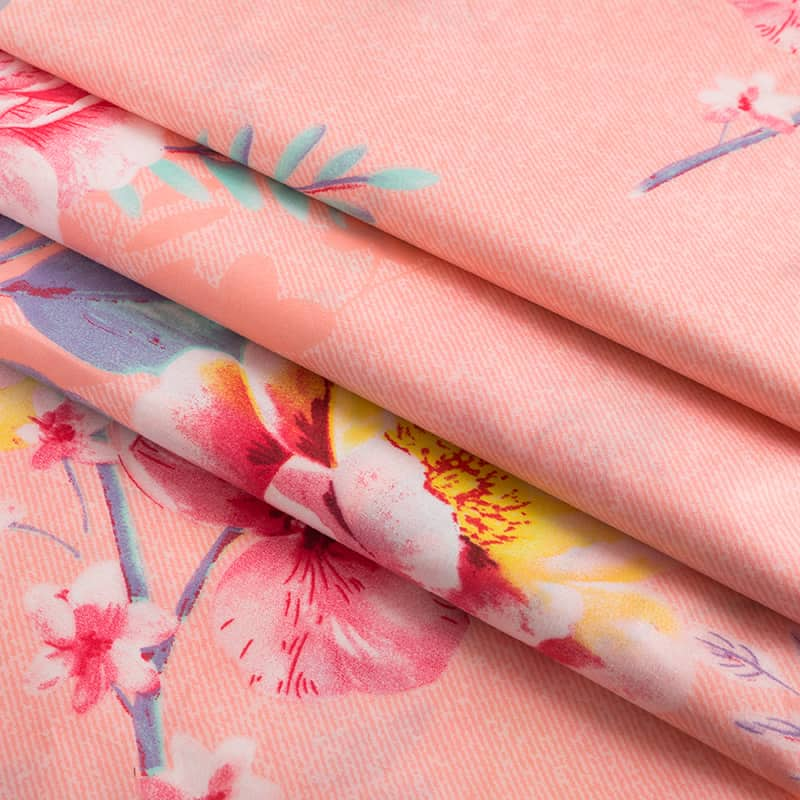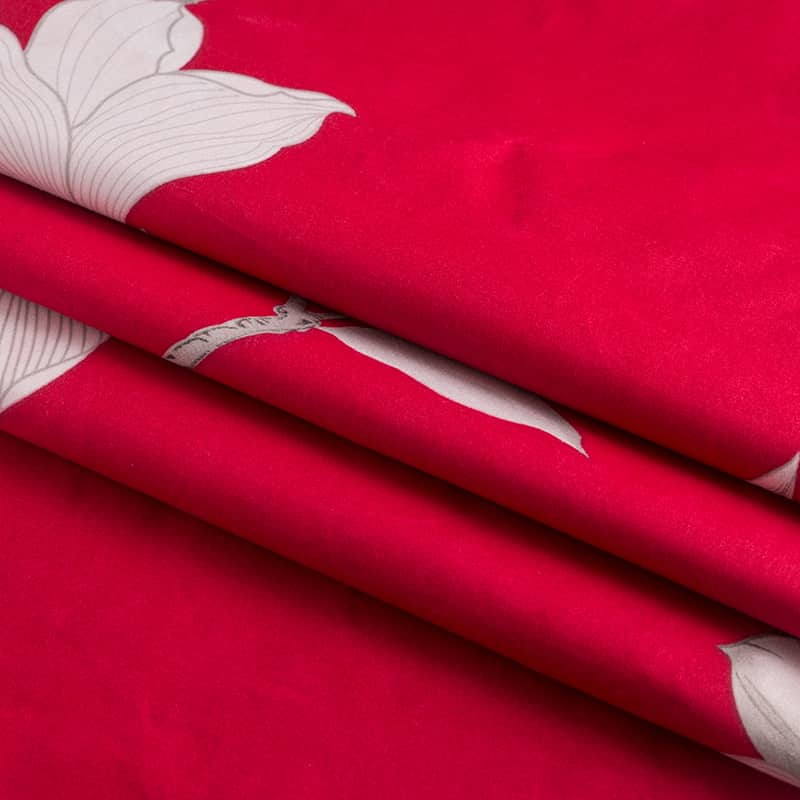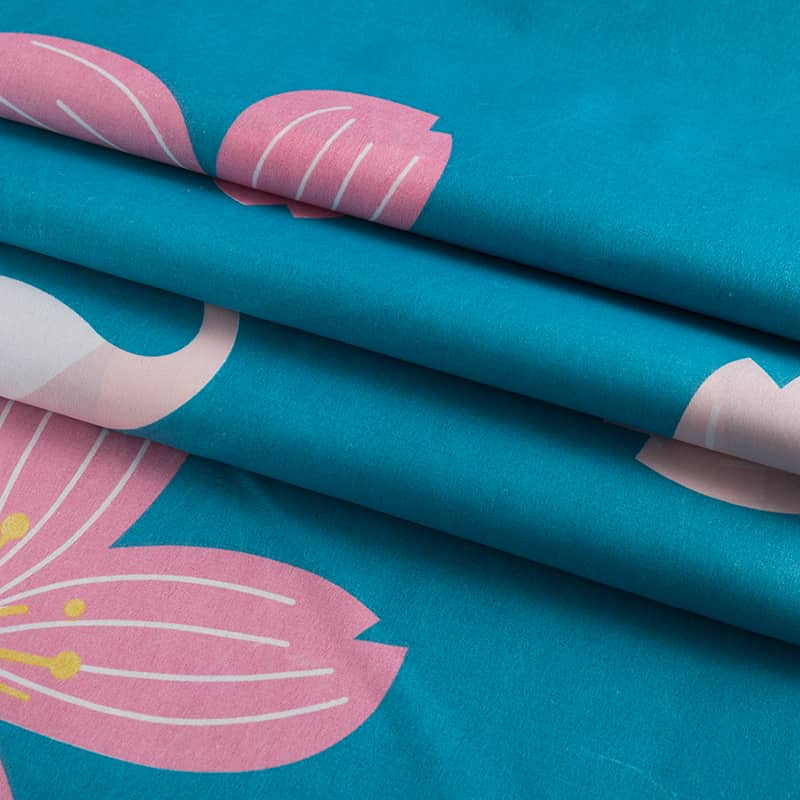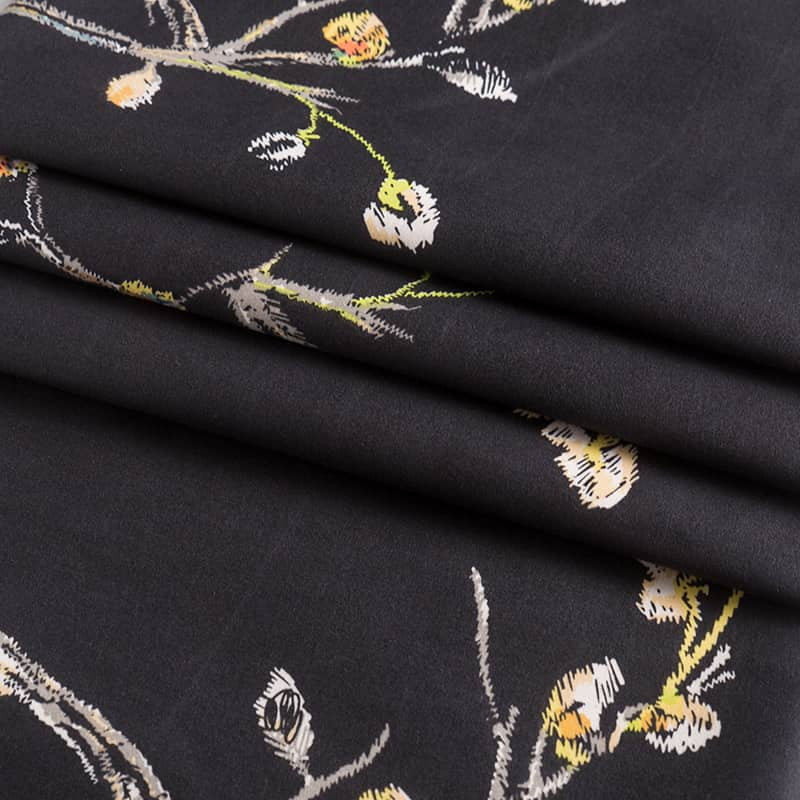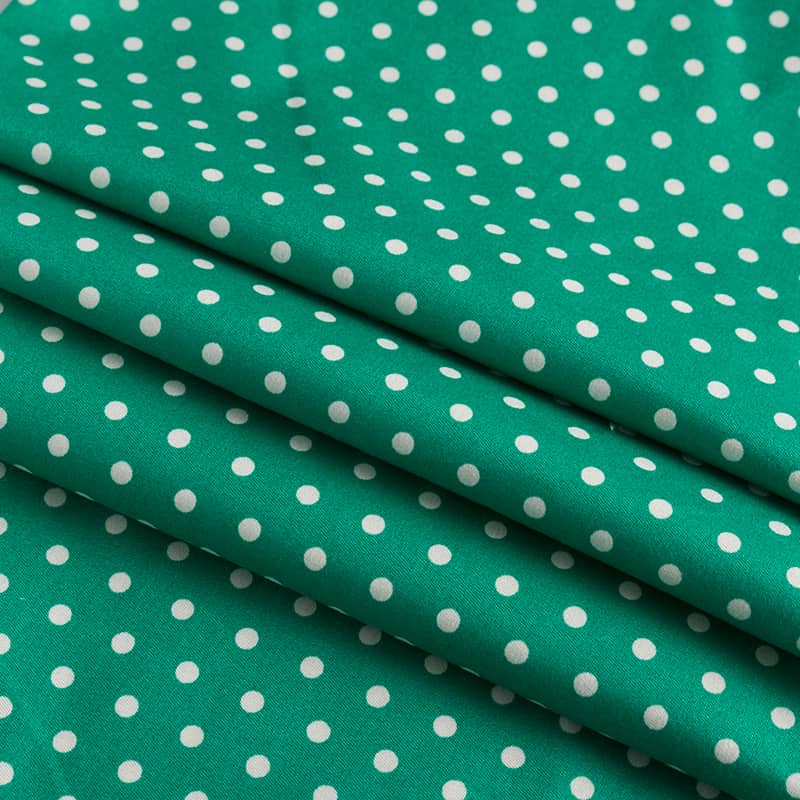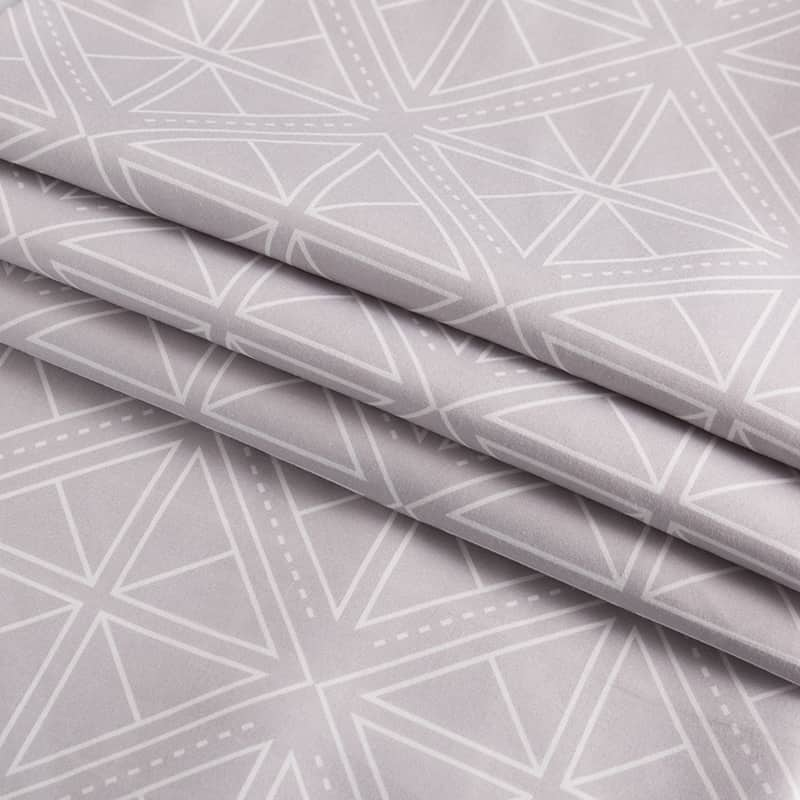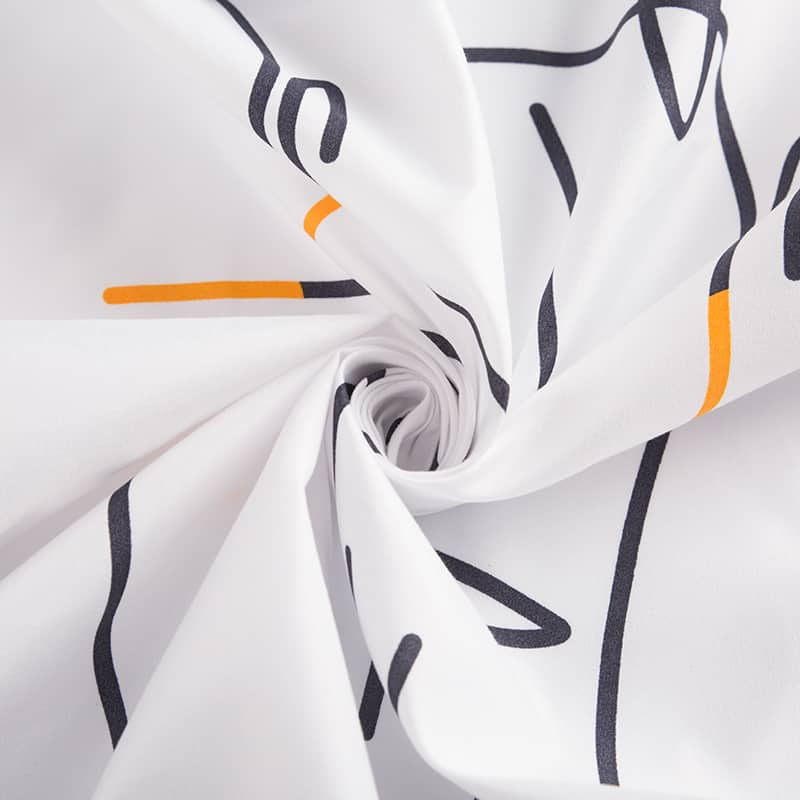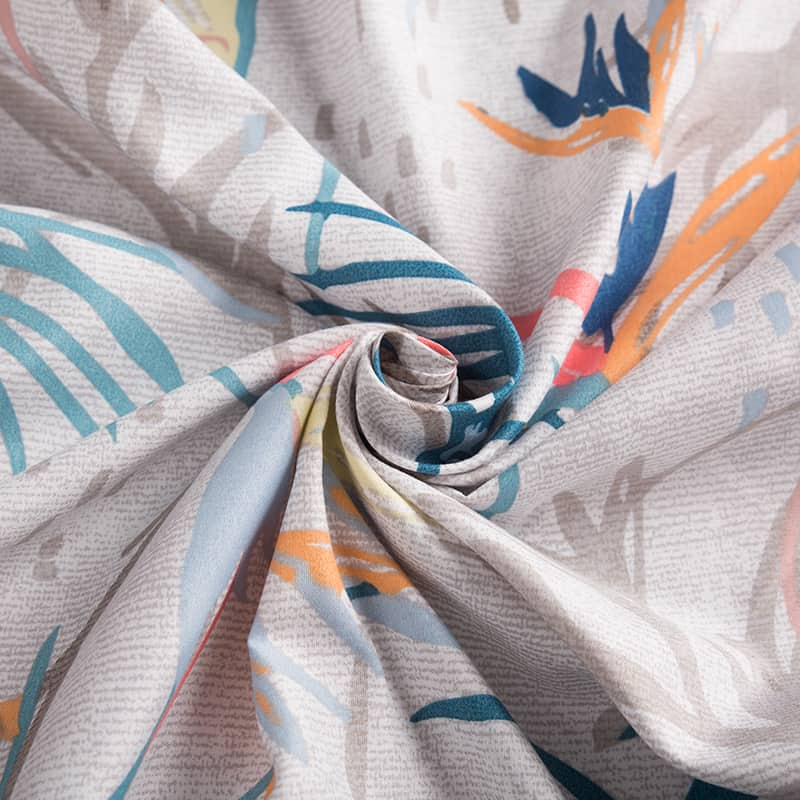100% polyester chemical fiber imitation batik fabric clothing fabric super wax african style microfiber
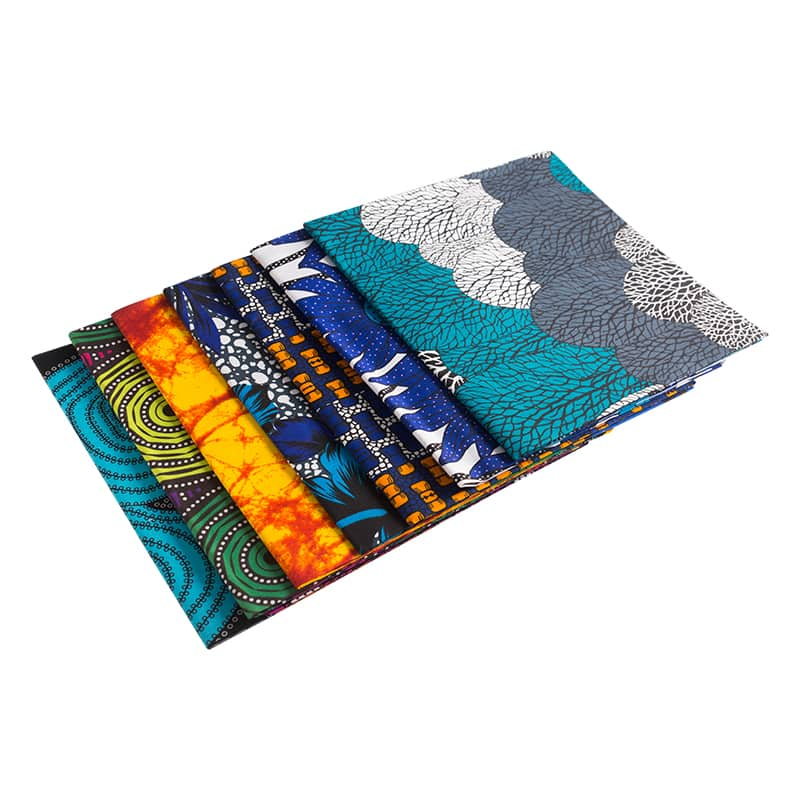
Most of our polyester fabrics are used in the production of home textile products, which are the raw materials of home textile products. There are thousands of design drawings for customers to choose from. They have a soft feel and strong quality, and can provide products of different specifications according to customer needs.
Super Wax fabrics are popular in countries including Congo, Ivory Coast, and Nigeria. They are characterized by the use of extra densely woven cotton. They feature a unique crackling effect, as well as a recognizable design signature.A Super Wax fabric is produced using a unique and patented printing process. It goes through a process that involves 27 steps before it's ready to wear. The first step is to dye the fabric in a base colour, such as indigo blue. The next step is to add a third colour. This is usually a secondary colour that gives the fabric a hint of extra contrast.Whether you're searching for a fabric that will last a long time or you're looking for something to add some interest to your home, wax fabric is a great option. It's a medium weight fabric that's durable, soft to the touch, and versatile. You can wear it for clothing, interior decor, and accessories. And because it's made from cotton, it's comfortable to wear.Super wax prints are traditionally dyed using indigo. The first colour is the base colour, like indigo blue, and then a second colour is added later. This gives the fabric a nice contrast. Then the pattern is printed on the fabric, which is engraved onto copper rollers. This method is also called batik.
Aside from the traditional colors, wax fabrics come in a range of prints. These include the famous bubbles.Unlike regular Waxblock, Super Wax Fabric Patterns are more vibrant and have a higher number of colour blockings. It also has a finish on the fabric to protect the cotton from wrinkles. This makes the fabric feel soft on the skin and it drapes nicely.These fabrics are popular in Africa and are used for craft and celebrations. They are also ideal for furniture upholstery. The main bright colours include red, blue, and yellow. These fabrics are usually sold in lengths of six yards.In the 19th century, Dutch merchants introduced wax prints to West Africa. These prints spread to central Africa and became important parts of the cultural identity.
The wax printing process is based on the technique of batik, which was native to Indonesia. The designs were later adapted for the African market.Using the right kind of super wax fabric stain remover can help you to get rid of oil stains. A variety of household products are available to do this task. These include baking soda, dish soap, WD-40 and commercial products.For the best results, try to use the warmest water possible. You can also try soaking the stain in a solution of ammonia. Ammonia is good for restoring the color of your fabric and can be made by adding one tablespoon of liquid hand dishwashing detergent to a quart of warm water.The right kind of stain remover will do the job, but it may be necessary to buy the product online or in your local store. For example, there are enzyme soaking products that are effective at getting rid of stains in minutes.

 英语
英语 西班牙语
西班牙语
